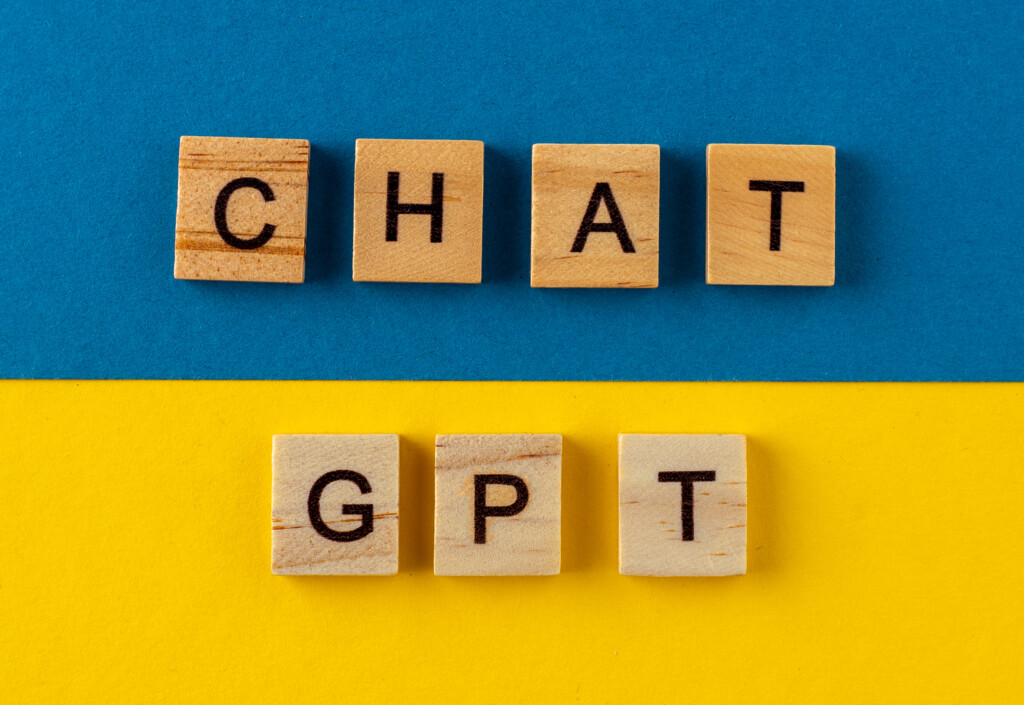Language is a fundamental aspect of human communication, and the development of language models has played a crucial role in advancing natural language processing (NLP) technology. Language models have evolved significantly over the years, from simple rule-based models to state-of-the-art models like ChatGPT and ChatGPT 4, which use deep learning techniques. In this blog post, we will explore the history and evolution of language models, tracing the development of NLP from its early beginnings to the present day.

Early Language Models
Early language models were rule-based systems that relied on handcrafted rules to process natural language. These systems were limited in their ability to handle complex language tasks and were often unreliable in their output. One of the earliest language models was the ELIZA program, developed by Joseph Weizenbaum in the 1960s. ELIZA was a chatbot that used a simple set of rules to simulate a conversation with a human user. Although ELIZA was not very sophisticated, it was an important step toward the development of more advanced language models.
In the 1970s, researchers began experimenting with statistical language models, which used probabilistic models to generate text. These models were more flexible than rule-based systems and could be trained on large amounts of data to improve their performance. One of the earliest statistical language models was the n-gram model, which used a sliding window to analyze sequences of words in a corpus of text. While n-gram models were an improvement over rule-based systems, they were still limited in their ability to handle complex language tasks.
Neural Language Models
The development of neural networks in the 1980s and 1990s paved the way for the next generation of language models. Neural language models are based on artificial neural networks, which are designed to mimic the structure and function of the human brain. These models use a large amount of training data to learn the relationships between words and generate text that is more natural-sounding than the output of earlier models.
One of the earliest neural language models was the recurrent neural network (RNN), which was first proposed in the 1980s. RNNs are a type of neural network that can process sequences of data, making them well-suited for language modeling tasks. In the 1990s, researchers began experimenting with a variation of the RNN called the long short-term memory (LSTM) network, which is better able to handle long sequences of data.
The modern era of language models began in 2012, with the introduction of the deep neural network language model (DNNLM) by Tomas Mikolov et al. DNNLMs are deep neural networks that use multiple layers to model the relationships between words and generate text. DNNLMs can be trained on large amounts of data and have shown impressive results on a range of language tasks, including language modeling, machine translation, and text classification.
Transformers

In 2017, researchers at Google introduced the transformer, a new type of neural network that revolutionized the field of NLP. Transformers use self-attention mechanisms to process sequences of data, making them well-suited for language modeling tasks. The transformer architecture was first used in the development of the transformer-based language model (TLM), which achieved state-of-the-art results on a range of language tasks.
In 2018, researchers at OpenAI introduced the GPT (Generative Pre-trained Transformer) model, which was a significant improvement over previous language models. GPT used a large amount of training data to learn the relationships between words and generate natural-sounding text. GPT was pre-trained on a large corpus of text and could be fine-tuned for specific language tasks, making it a versatile and powerful tool for NLP.
GPT-2
In 2019, OpenAI released GPT-2, an even more powerful language model. GPT-2 was trained on a massive corpus of text and could generate coherent and natural-sounding text that was almost indistinguishable from human writing. However, because of concerns about the potential misuse of such a powerful tool, OpenAI initially decided not to release the full model to the public. Instead, they released a smaller version of the model and only made the full model available to select partners and researchers.
ChatGPT
In 2020, OpenAI released the ChatGPT model, which is a version of GPT-2 that has been specifically designed for conversational applications. ChatGPT can generate coherent and natural-sounding responses to user inputs, making it ideal for chatbots and other conversational agents. ChatGPT has been trained on a large amount of conversational data and has shown impressive results in a range of conversational applications.
ChatGPT 4
In 2022, OpenAI released ChatGPT 4, which is the latest and most powerful version of the ChatGPT model. ChatGPT 4 has been trained on an even larger corpus of conversational data and has a much larger model size than its predecessors. ChatGPT 4 can generate even more natural-sounding responses and can handle a wider range of conversational tasks than earlier versions of the model.
Conclusion
Language models have come a long way since the early rule-based systems of the 1960s. The development of neural networks and deep learning techniques have revolutionized the field of NLP and has led to the creation of powerful language models like GPT and ChatGPT. These models have shown impressive results on a range of language tasks, and they are being used in a wide range of applications, from chatbots and virtual assistants to machine translation and text classification. As the field of NLP continues to evolve, it is likely that we will see even more powerful language models in the years to come.





